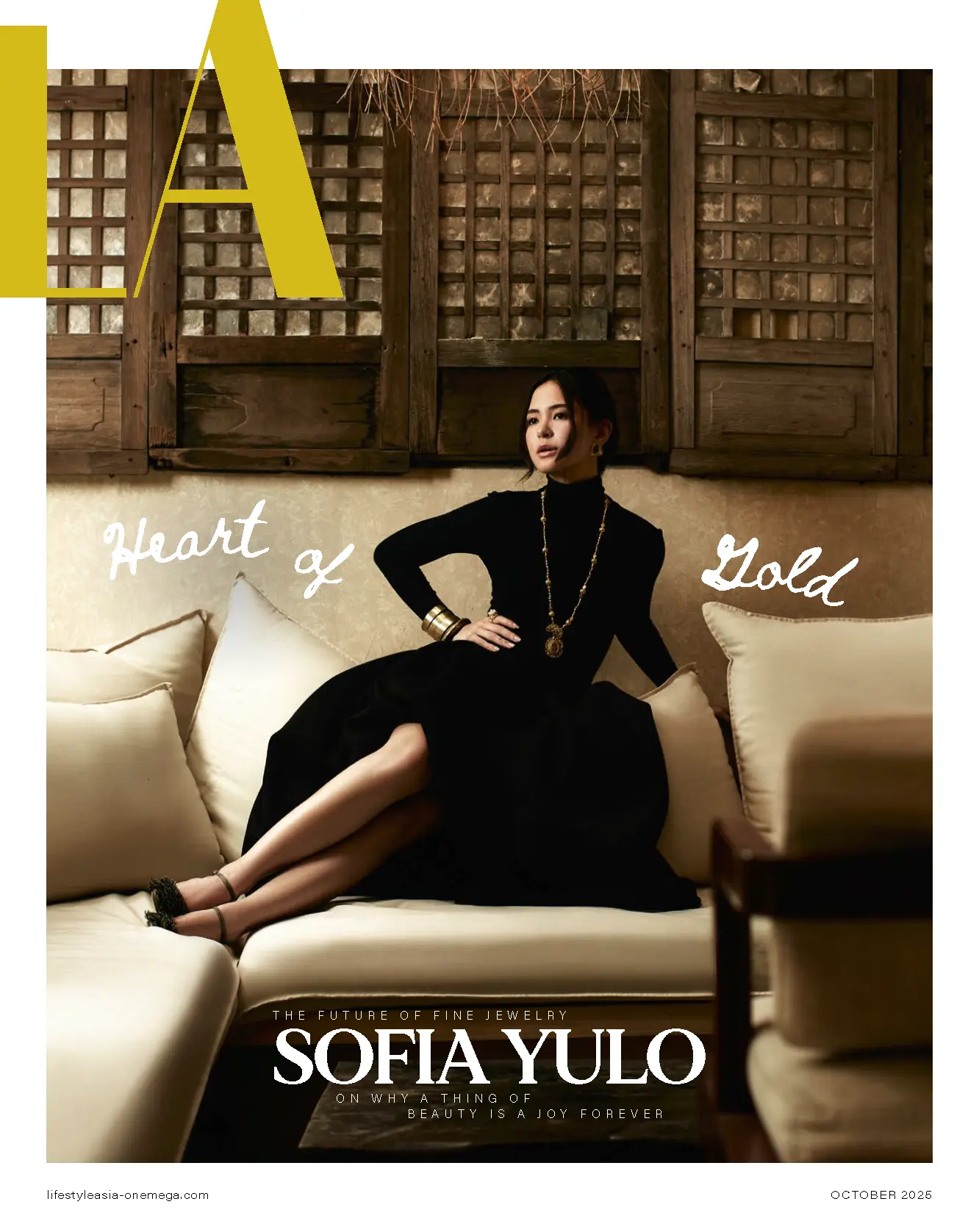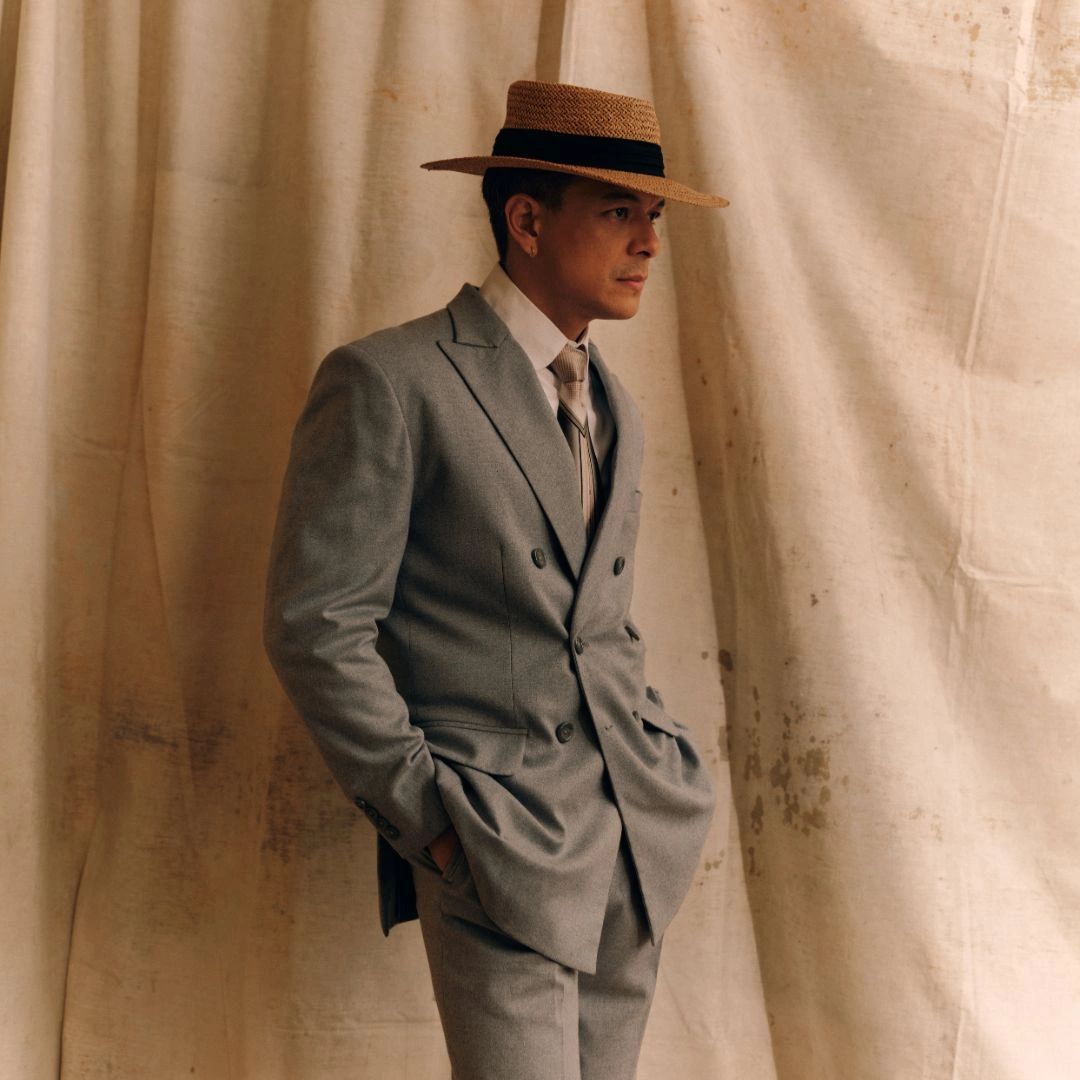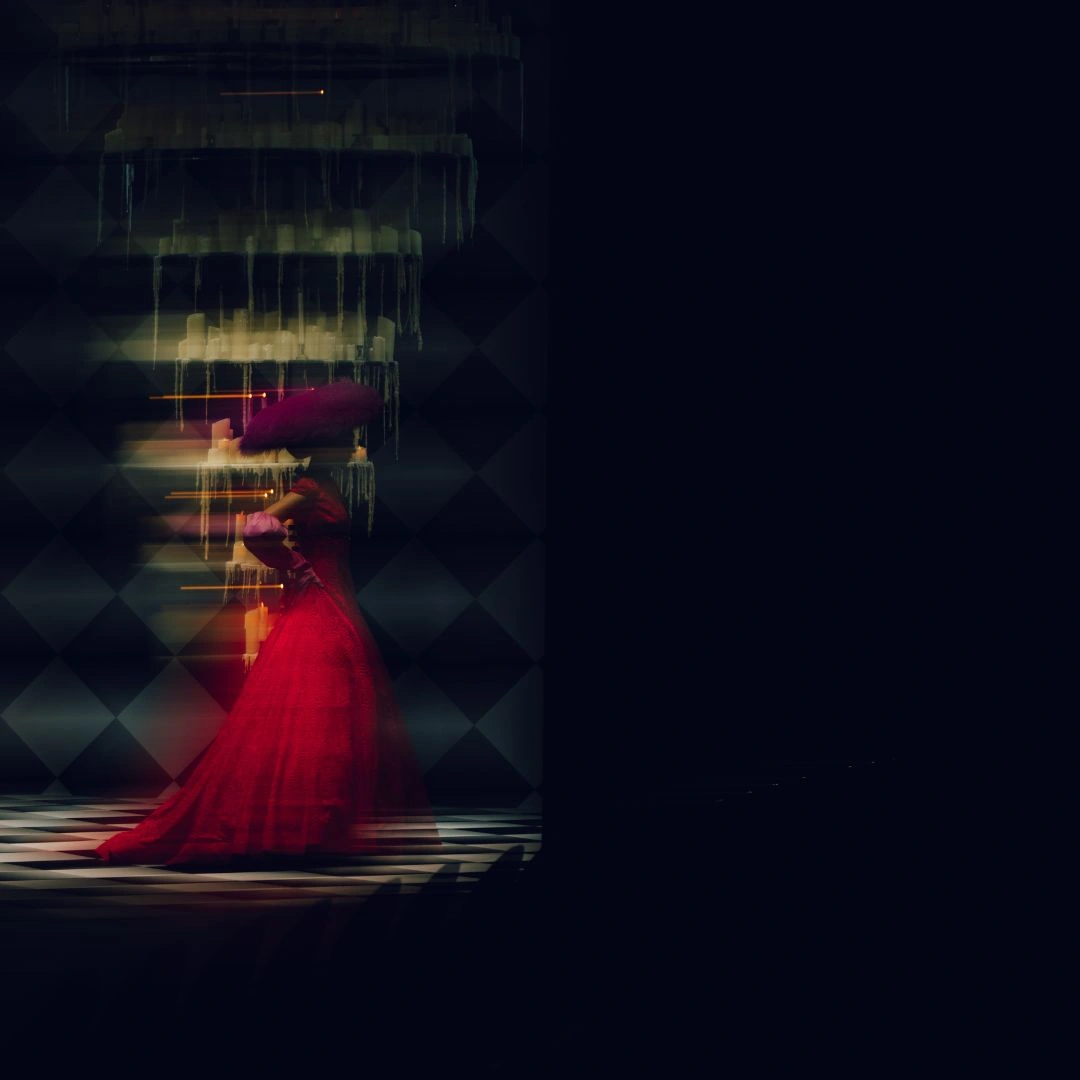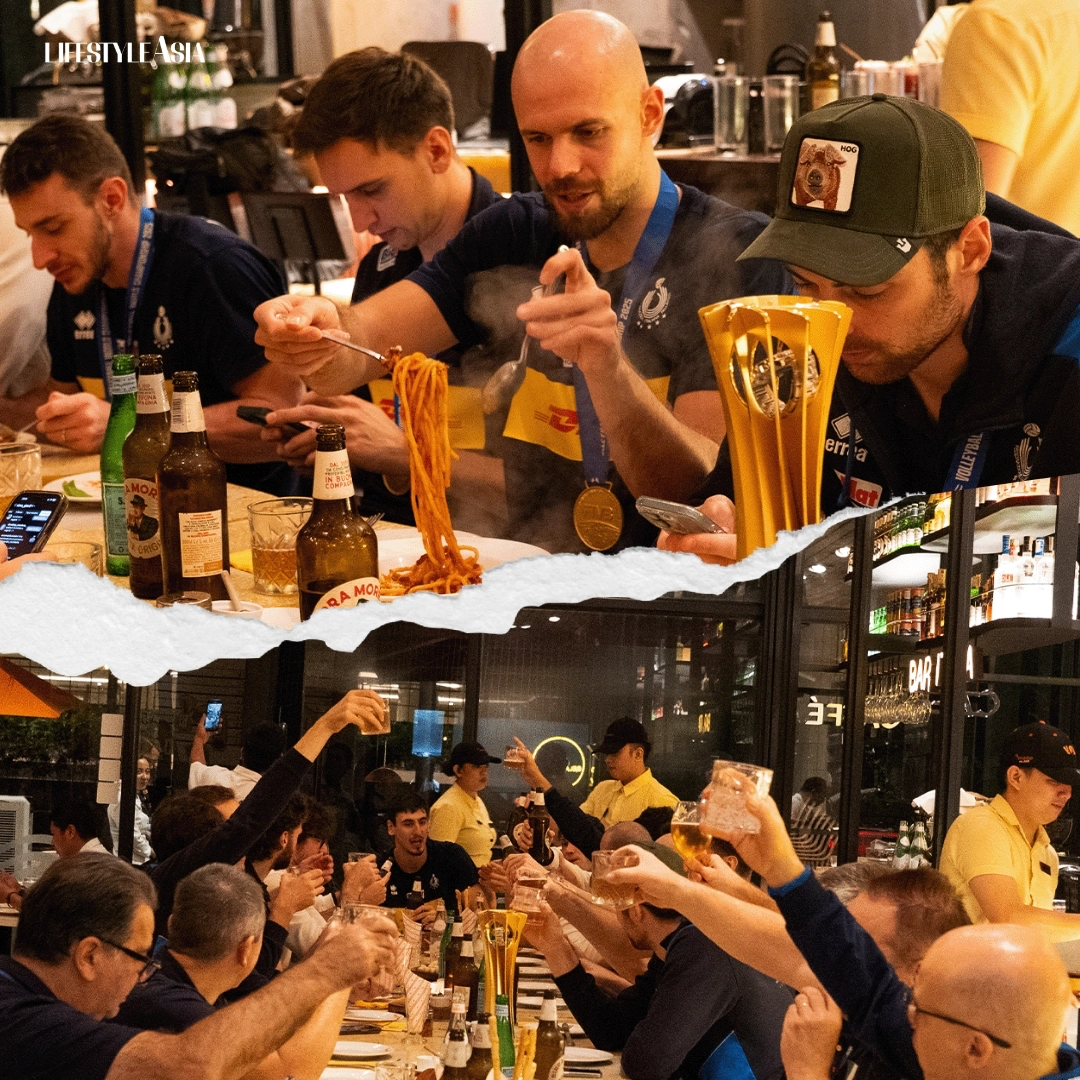The Metropolitan Museum of Art’s Costume Institute launched the “Women Dressing Women” exhibit earlier this month.
For the first time, the Met’s Costume Institute is holding an exhibit which surveys the work of solely women. The collection features pieces from over 70 different female designers, some of which have never been seen in public. The exhibit’s timeline spans the early 20th century to the present.
Initially postponed due to the pandemic lockdowns, the exhibit was supposed to coincide with the 100th anniversary of women’s suffrage in the United States. After opening earlier this month, the exhibit will run until March 3, 2024.
READ ALSO: A Colorful Life: A Design Museum Pays Tribute To Textile Designer And Weaver Dorothy Liebes
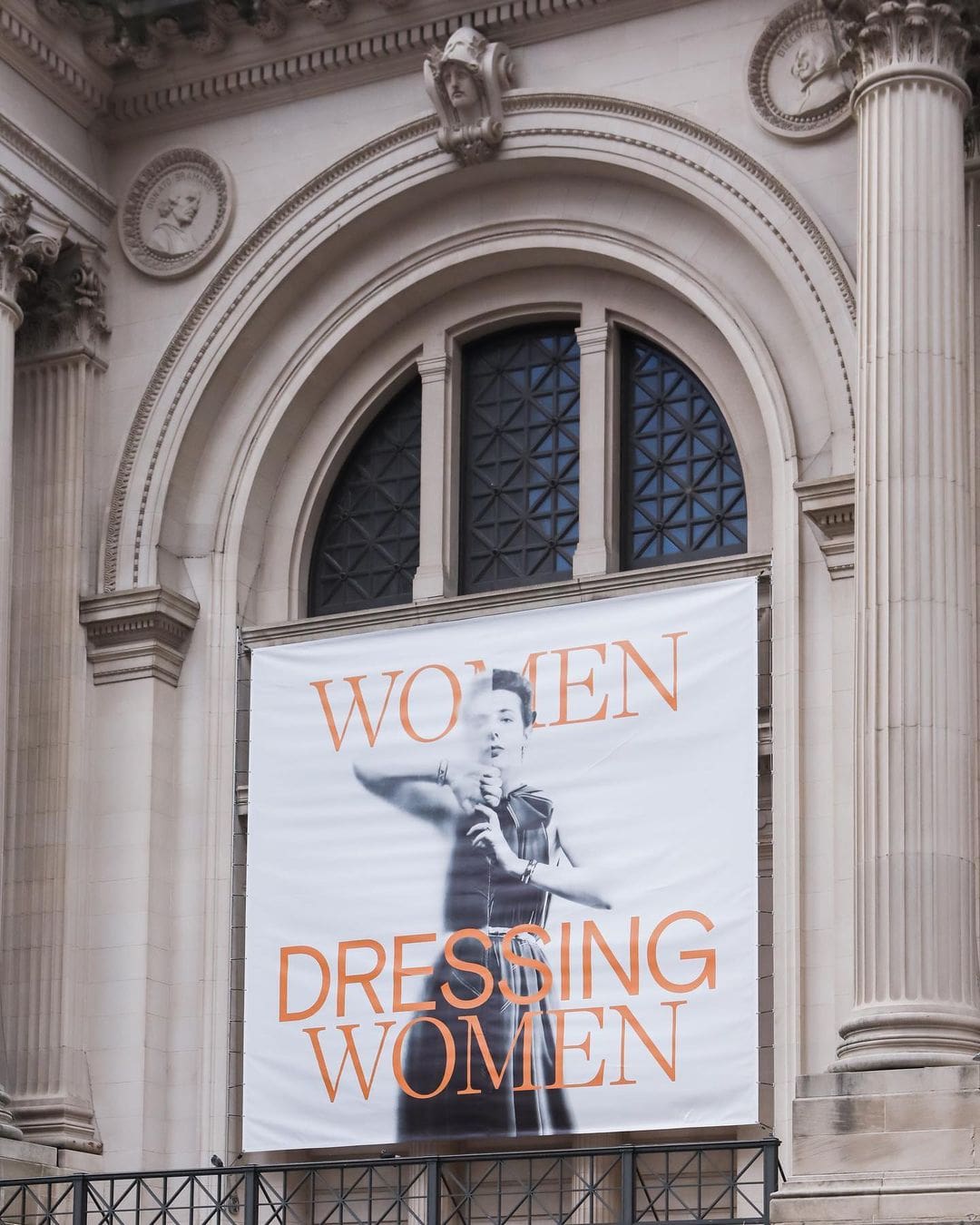
Women Dressing Women
At the exhibit’s entrance, held at the Anna Wintour Costume Center, guests are welcomed by two pieces displayed on tall columns. These pieces are from the only two female designers who had solo shows at the Met. Madame Grès’ took place in 1994 while Rei Kawakubo’s happened in 2017.
“Our fall exhibition will provide an opportunity to engage with the critical histories of innovative women designers, all of whom played pivotal roles in the conception of fashion as we know it today,” Mellissa Huber, associate curator at The Met’s Costume Institute, said in a press release.
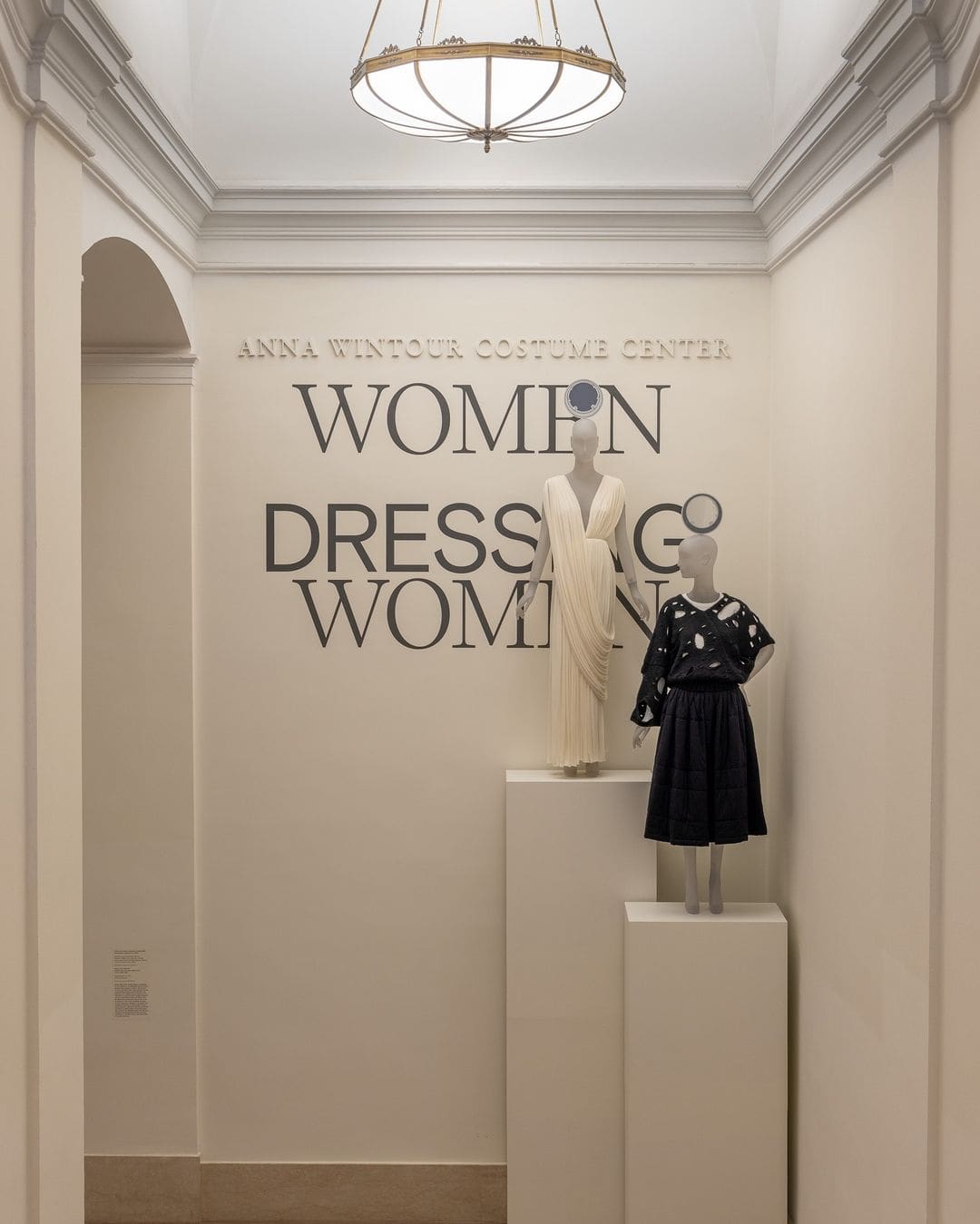
The show features well-known designers such as Coco Chanel, Vivienne Westwood, Elsa Schiaparelli, and Miuccia Prada. But perhaps even more importantly, it shines a spotlight on many unsung women designers.
Pieces from Premet, a French house led by women designers, consist of iterations of the little black dress starting in 1923. Other often unacknowledged fashion houses in the exhibit include Louiseboulanger and Mad Carpentier.
A video of anonymous seamstresses also plays as guests walk through the show. It’s a reminder of the many women who work tirelessly, often without recognition, keeping the fashion world running.
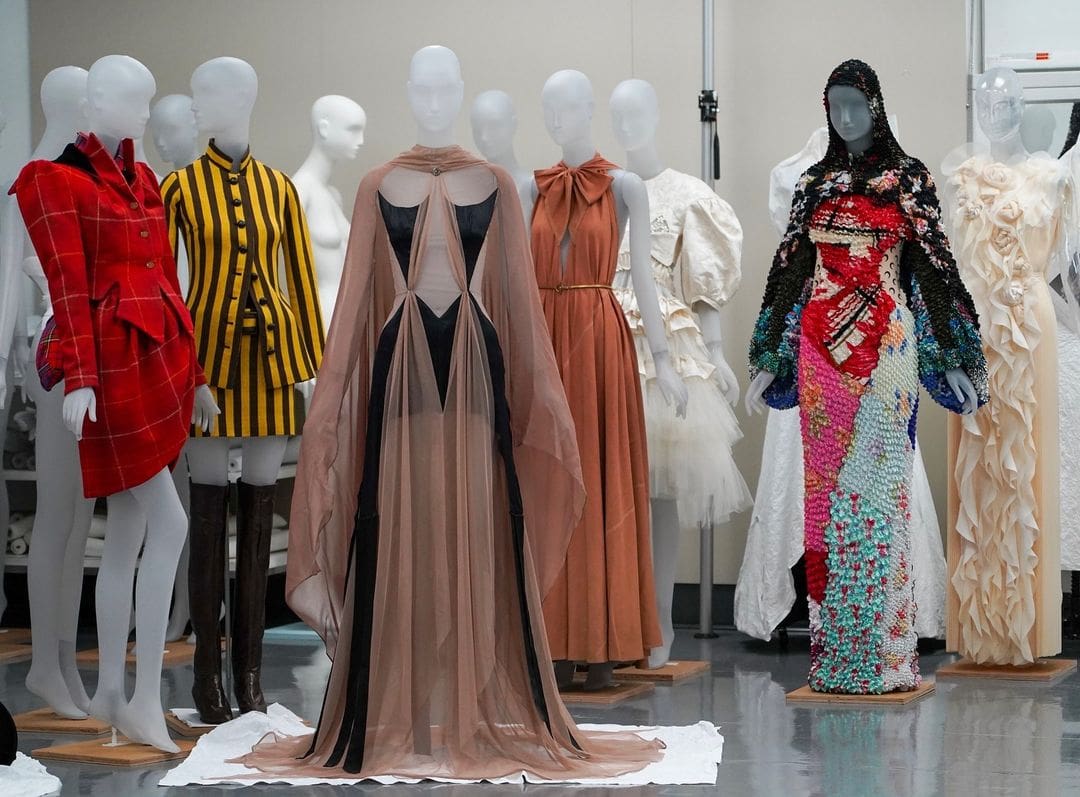
“The connective thread between different generations of professional women reveals how subsequent generations have built and expanded upon the legacy of their predecessors,” said Karen Van Godtsenhoven, guest co-curator of the exhibition.
“By reflecting on the intergenerational dialogues between these designers and the talented women who worked alongside them, we aim to offer a contemporary point of view, further propelling the conversation between audiences and scholars.”
Banner image via Instagram @metcostumeinstitute.

